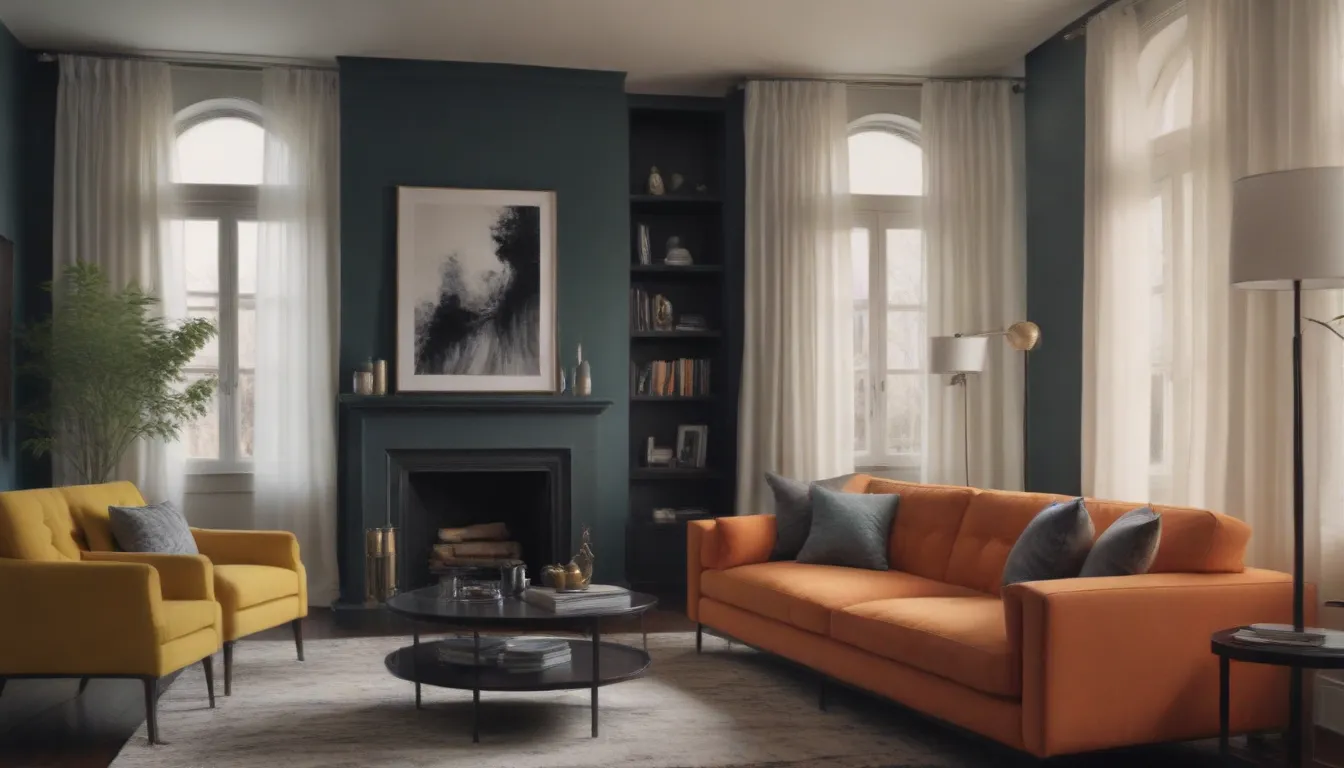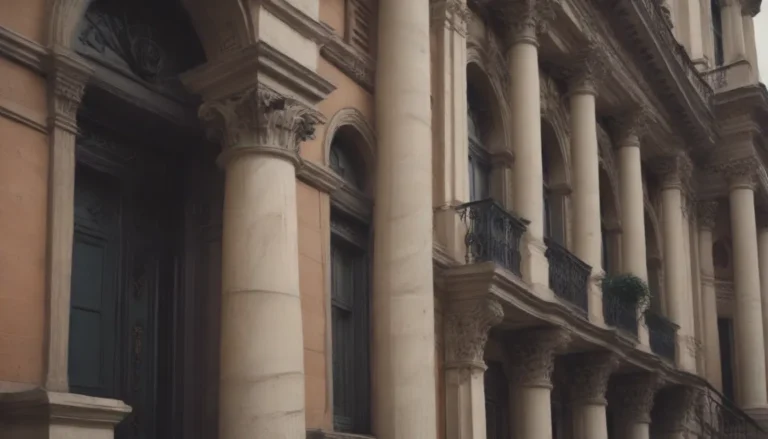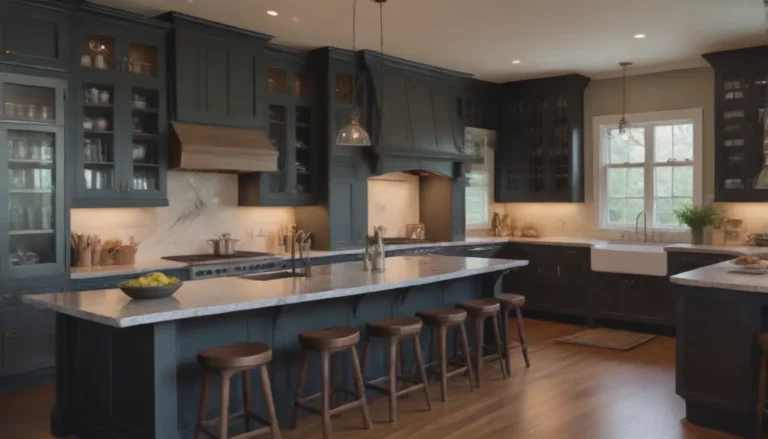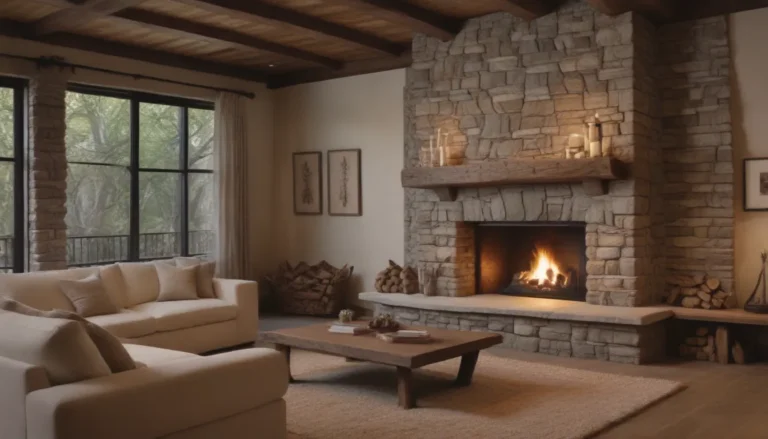The Significance of Accent Colors in Interior Design

When it comes to interior design, accent colors play a crucial role in adding depth, character, and a sense of harmony to a space. These supplementary colors, when used thoughtfully, can transform a room from drab to fab by providing contrast, highlighting focal points, and creating visual interest. In this article, we will explore the concept of accent colors in depth, discussing their purpose, importance, and how to effectively incorporate them into your home decor.
Understanding Accent Colors
What Are Accent Colors?
Accent colors are additional hues that are used to complement or contrast the primary colors in a room. They serve to enhance the overall color scheme, add vibrancy, and create a cohesive look. While accent colors are often associated with wall paint, they can also be introduced through furniture, accessories, and decor items to tie the room together.
Why Accent Colors Matter
Accent colors play a vital role in interior design as they help create continuity and balance within a space. When used correctly, they can lend a sense of sophistication and style to a room, while improper use can lead to a cluttered or chaotic appearance. Following the 60-30-10 rule—an interior design guideline where 60% of the room is the main color, 30% is the accent color, and 10% is a secondary accent color—can help achieve a harmonious balance.
Incorporating Accent Colors
How to Find Accent Colors
When selecting accent colors for your home, consider the room’s function, existing furniture, and the mood you want to evoke. Start by creating a color scheme that includes shades that complement each other and reflect your personal style. Utilize tools like paint brand brochures, color wheels, and design magazines to inspire your choices and ensure a cohesive look throughout the space.
Popular Color Combinations
There are countless color combinations to choose from, depending on the style and ambiance you wish to create in your home. Here are some popular examples to spark your creativity:
- Earthy: Warm tones such as terracotta, olive green, and mustard yellow create a cozy and inviting atmosphere.
- Coastal: Shades of blue, white, and sandy beige evoke a serene and beachy vibe.
- Classic: Timeless combinations like black and white or navy and gold exude elegance and sophistication.
- Traditional: Rich hues like burgundy, forest green, and navy blue lend a sense of luxury and opulence.
- Serene:Soft pastels such as lavender, mint green, and blush pink create a calming and tranquil ambiance.
- Sophisticated: Neutrals like taupe, charcoal, and cream exude a timeless and refined aesthetic.
- Ultra-Modern: Bold and contrasting colors like red and black or teal and orange make a bold statement in contemporary spaces.
- Energetic: Vibrant hues such as coral, turquoise, and lime green inject energy and vitality into a room.
- Fun: Bright and playful color combinations like rainbow hues or primary colors add a sense of whimsy and creativity.
- Eclectic: Mix and match different colors, patterns, and textures to create a unique and eclectic look that reflects your personality.
By incorporating accent colors strategically, you can transform your living spaces into inviting, stylish, and cohesive environments that reflect your personal taste and enhance your overall decor. Remember to strike a balance between your main color, accent color, and secondary accent color to achieve a harmonious and visually appealing result. With the right color palette and a dash of creativity, you can bring your interior design vision to life and create a home that truly speaks to you.





